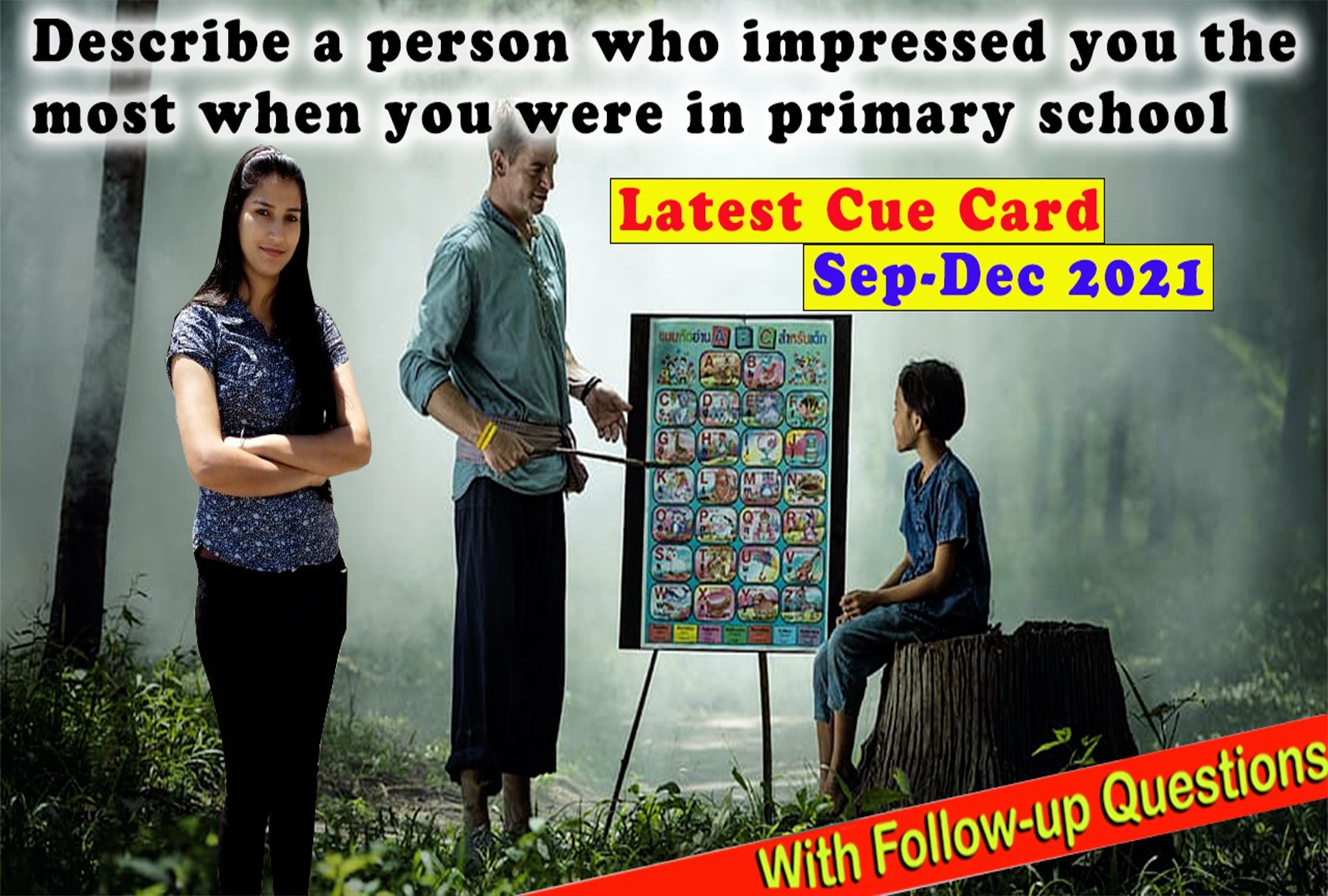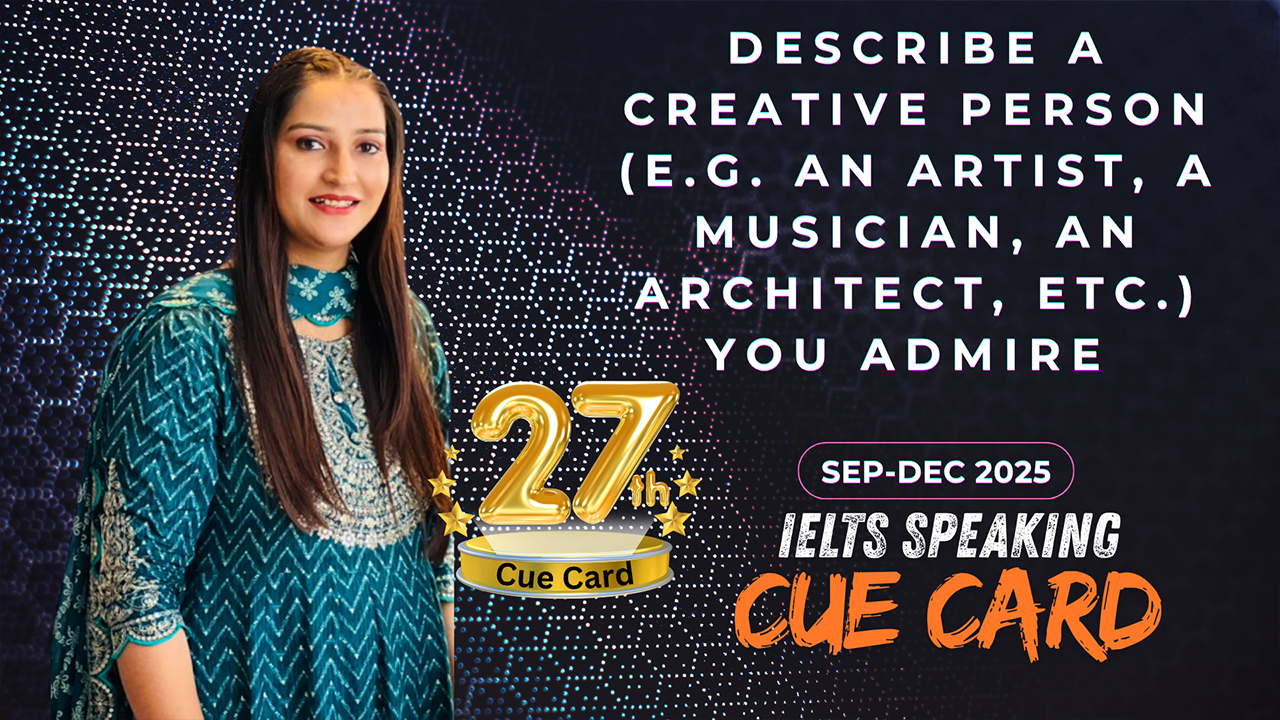IELTS Speaking Cue Card | Describe an Important Old Thing Your Family Has Kept | Sep–Dec 2025
- What it is
- How/when your family first got this thing
- How long has your family kept it
- And explain why this thing is important to your family
Vocab/Idioms
- Old is gold → valuable old
- Sentimental value → emotional worth
- Treasure → valuable thing
- Breath of fresh air → refreshing change
- Thick and thin → all situations
Someone has rightly said that old is gold, and my family truly believes in preserving objects that carry memories and traditions. We have many things at home, some new and some old, which serve different purposes and remind us of our past.
Today, I would like to describe one such old object that my family has treasured for decades, and that is none other than a spinning wheel. It originally belonged to my grandmother. Interestingly, her mother had gifted it to her at the time of her marriage. My grandmother used to spin it for two to three hours every day, and the thread she produced from natural fibres was later used for weaving clothes. Sadly, she passed away five years ago; however, my mother has preserved it with utmost care ever since.
As far as its appearance is concerned, it is a beautiful wooden spinning wheel with a dark-brown shade, decorated with delicate white floral designs. A single thread connects the wheel to its adjoining part, which keeps it functional. Remarkably, it is around fifty years old. Although we buy countless modern items, none of them can ever replace the sentimental value attached to this one. Truly, it is a treasure in our home.
Moreover, it still adds charm and grace to our living room. Back when we lived in our village, it was placed in my grandmother’s room. About ten years ago, when we shifted to the city, my mother had a special glass-and-wood case designed by a carpenter to display it. Now, it stands in the centre of our living room, catching the eye of every visitor and acting as a breath of fresh air in the room.
Overall, this spinning wheel is not just an old household object; it is a symbol of love, tradition, and family legacy. It holds an irreplaceable place in our hearts, and I genuinely feel that it would be a matter of great honour if we continue to preserve it for thick and thin, passing it on to future generations.
Follow-ups
- What kind of old things do people in your country like to keep?
Well, in my country, people often keep old coins, jewelry, and family heirlooms. In addition, many families preserve traditional clothes like sarees or turbans that have been passed down through generations. Some even keep old photographs, letters, or furniture as a reminder of their heritage. - Why do people keep old things?
People keep old things mainly because they carry emotional value and remind them of their ancestors or past experiences. Moreover, some items are valuable antiques that may increase in worth over time. Overall, old things are kept for both sentimental and cultural reasons. - What are the differences between the things old people keep and young people keep?
Well, I think older people usually like to keep things that remind them of their past, such as family photographs, religious items, or traditional clothes. In contrast, young people prefer keeping modern stuff like gadgets, trendy clothes, or sports equipment. So, the main difference is that older people focus on memories, while young people focus on lifestyle. - What are the differences between the things that people keep today and the things that people kept in the past?
In the past, people used to keep handwritten letters, traditional tools, or handmade crafts because these were important in daily life. Today, people are more likely to keep mobile phones, branded products, or digital memories on social media. Basically, what people keep now shows convenience and trends, while in the past it was more about heritage and necessity. - What can we see in a museum?
In a museum, we can see all sorts of things depending on its theme. For example, history museums often display old coins, weapons, and documents, while art museums have paintings and sculptures. Some science museums even show fossils, machines, or invention models. So, museums give us a window into culture, knowledge, and history. - What can we learn from a museum?
I think museums can teach us a lot about the past. They help us understand how people lived, what kind of art they created, and how societies developed over time. Moreover, museums let us appreciate different cultures and traditions. In a way, visiting a museum is like taking a journey through history without leaving the present.












Got a Questions?
Find us on Socials or Contact us and we’ll get back to you as soon as possible.